Pudgy Penguins, which has become a global brand rather than just an NFT collection in the Web3 universe, stands out as one of the most remarkable success stories of the digital collectible economy. Initially setting out as an NFT series consisting of cute penguin illustrations, this project has become one of the dynamic players of Web3 over time with a strong community, impressive brand collaborations and its own token, PENGU. Whether you are a collector looking to invest in NFTs, an entrepreneur aiming to build a brand in the digital world or a new community member looking to join this cute universe… The story of Pudgy Penguins offers an inspiring starting point for you to closely explore the opportunities and transformation potential offered by Web3.
Let's now take a look at how this iconic project was born as an example of NFT branding, why it is considered so valuable and what it promises in the future.
The Definition and Emergence of Pudgy Penguins
Although Pudgy Penguins may seem like an NFT collection consisting of cute penguin illustrations at first glance, the truth is much deeper. Launched on the Ethereum network in 2021, this project was launched with a total of 8,888 unique penguins and quickly gained a solid place in the digital collection world. But its story does not end there. Because over time, Pudgy Penguins ceased to be just an NFT project; and turned into a huge Web3 brand that extends from toys to license agreements, from social media interactions to the metaverse. It has become one of the names that come to mind when it comes to “Web3 toy brand”, “Licensed NFT revenue model”, and “Ethereum NFT projects”. The starting point of Pudgy Penguins is the idea that “NFTs are not just profile photos”. In other words, this project is one of the first examples that shows that the digital assets you own can also be branded, licensed and transformed into real-world products. Although it started with cute penguin figures, the vision behind it is to make digital collections a culture that everyone can access and adopt. Pudgy Penguins was first minted in July 2021 and quickly attracted great interest. Each of these penguins, with different outfits, accessories and facial expressions, managed to attract collectors' attention in the NFT community. With the impact of the general explosion in the NFT world during this period, Pudgy Penguins quickly became one of the trending projects. However, over time, unlike many of its competitors, it did not remain limited to hype—it grew its community and developed its vision.
Although there were some management problems in the early stages of the project, things changed when Luca Netz bought the project in 2022. This change of ownership opened the door to a new era for Pudgy Penguins. Now, the focus was not only on NFT owners, but also on users outside of Web3.
Is it just NFT?
When we look at Pudgy Penguins today, we see not only a digital collection, but also a brand that has moved into the physical world. Toys, plushies, licensed products and even children's books are part of this ecosystem. As of 2023, Pudgy Penguins toys have taken their place in major retail chains such as Walmart. Moreover, with each of these toys, it is possible to connect to the digital universe called “Pudgy World”. In short, NFT ownership is not just about the screen; it also has a reflection in the physical world.

In 2024, a brand new layer was added to the Pudgy Penguins universe: PENGU coin. So, what is PENGU coin? What does PENGU token do? PENGU is a tool that strengthens the Pudgy Penguins brand's presence in the digital and physical world. It encourages community participation, allowing users to interact more deeply with the ecosystem. It also offers investors additional income opportunities through staking and rewards programs. PENGU is also considered a tool that can be used for gamification and digital interactions within Pudgy World. In other words, the business is no longer limited to NFT ownership; direct participation in the project's economy also becomes possible. With the launch of the PENGU token, the project is expected to intersect with concepts such as “play-to-own” and “social-fi”. So how did we get to this point? Now, let's go back to the beginning of the project and take a closer look at the remarkable history of Pudgy Penguins.
Pudgy Penguins History: Major Milestones
As we mentioned earlier, Pudgy Penguins is an NFT series consisting of 8,888 cute penguin avatars with a collector's spirit, launched on the Ethereum blockchain in July 2021. Each NFT sold out in seconds for approximately 0.03 ETH (approximately $90 at the time) at its launch. The collection quickly grew like an avalanche: It was even featured in the New York Times in August 2021, pushing its base price above $6,000. This project, which was initially born as fun digital pictures, turned into a brand story over time and transformed into an ecosystem beyond just NFTs. Although Pudgy Penguins started out as just an NFT collection, today it has become part of a much larger structure. The licensed “Pudgy Toys” toy series, developed in collaboration with PMI Toys, has spread from showrooms to shelves. It has also reached millions of followers and huge visibility on social media over the years (such as 1.7 million Instagram followers and 39 billion GIF shares). These developments have transformed Pudgy Penguins into a Web3 brand that extends beyond the virtual art world and bridges the gap to the real world. In short, Pudgy Penguins is not just an NFT collection; it is a rich ecosystem that offers exclusive rights to its owners, produces toys and games, and has its own token, PENGU. We can summarize its history as follows:
- July 2021: The Pudgy Penguins series was launched on Ethereum as 8,888 randomly generated penguin NFTs. Each NFT went on sale for 0.03 ETH and sold out in a short time. It received a huge amount of attention after being featured in the New York Times in August 2021, sending the base price of the collection over $6,000 in a matter of months.
- Early 2022: As the NFT market slowed down, Pudgy Penguins began to lose value. There was increasing criticism of the management of the project founder Cole Villemain (nicknamed ColeThereum) within the community. Villemain was removed from office in a community vote in early 2022. In the following months, an investor group led by Luca Schnetzler (known as Luca Netz on social media) took over the keys to the project for 750 ETH (approximately $2.5 million). With Luca Netz taking over, the collection regained value (the base price jumped from $4,300 to $8,900 in the first few days of the announcement).
- Fall 2022 – 2023: The new management quickly expanded the roadmap. In mid-2022, a physical toy series called “Pudgy Toys” was announced in partnership with PMI Toys, allowing NFT owners to turn their designs into licensed products. NFTs were licensed through the OverpassIP platform, and thus a significant portion of the revenue from toy sales was transferred to NFT owners. In May 2023, the first toy series went on sale on Amazon; later, it was also featured in global giants such as Walmart, Target, and Walgreens. In the first year of this series, more than 750,000 products were sold and more than $10 million in revenue was generated. During the same period, the number of social media followers gained incredible momentum (Instagram followers increased from 100 thousand to 1.7 million from July 2022 to the end of 2023), and the brand value of Pudgy Penguins was strengthened. In 2023, the team received an investment of $9 million and signed a deal with the WME agency.
- 2024 – PENGU Token: In November 2024, Pudgy Penguins announced that they will launch their own ecosystem token, PENGU. This token will be distributed on the Solana network primarily for pudgy NFT holders and other Web3 participants. In December 2024, 1.7 million PENGU tokens will be distributed to each NFT holder. Thus, the Pudgy community will also be rewarded with a token economy.
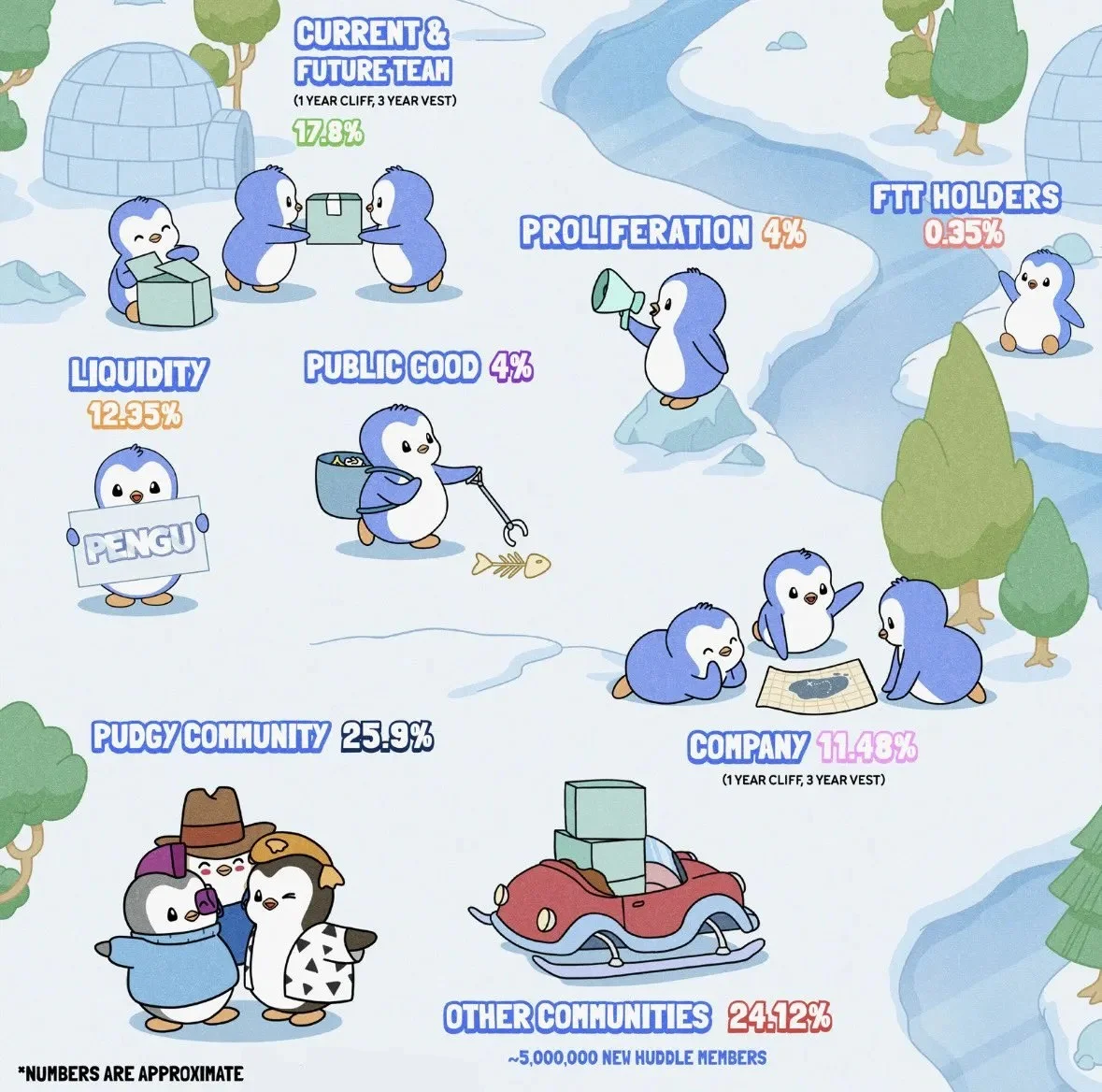
- 2025 and Beyond: In April 2025, the PENGU ecosystem launched a “PENGU Validator” validator on the Solana network. While NFT and token efforts are ongoing, they are working on a Pudgy Penguins metaverse project and game called “Pudgy World” under the company Igloo Inc. Designed as a fun and accessible Web3 game, the game aims to bring millions of people into the blockchain space. Players can discover and customize their digital penguin characters, complete missions, and connect with a community. New projects are also on the way, such as a mobile game called “Pudgy Party” in development with Mythical Games. Pudgy Party is promoted as a social, party-based game focused on cooperative and competitive gameplay, featuring penguin-themed avatars navigating various courses. The game emphasizes a “collect and play” mechanic that allows players of all skill levels to join in on the fun.
Why is PENGU Valuable?
PENGU has gone beyond being just a crypto token and has become one of the cornerstones of the Pudgy Penguins ecosystem. Launched on the Solana network in December 2024, the PENGU token was designed to expand the community, increase user loyalty, and strengthen the Pudgy brand on both Web3 and traditional platforms. However, the elements that make PENGU valuable extend far beyond its technical infrastructure.
Rewards, access, and revenue sharing for NFT owners
The PENGU token was designed to offer special privileges to Pudgy Penguins NFT owners. These privileges include participation in community voting, passive income through staking, and loyalty programs. At the same time, future license revenue sharing could allow NFT owners to earn passive income from the characters they own. This model makes NFTs not just a collectible item, but also a digital asset with income potential. Thus, the NFTs held by investors have the potential to turn into economic benefits over time.
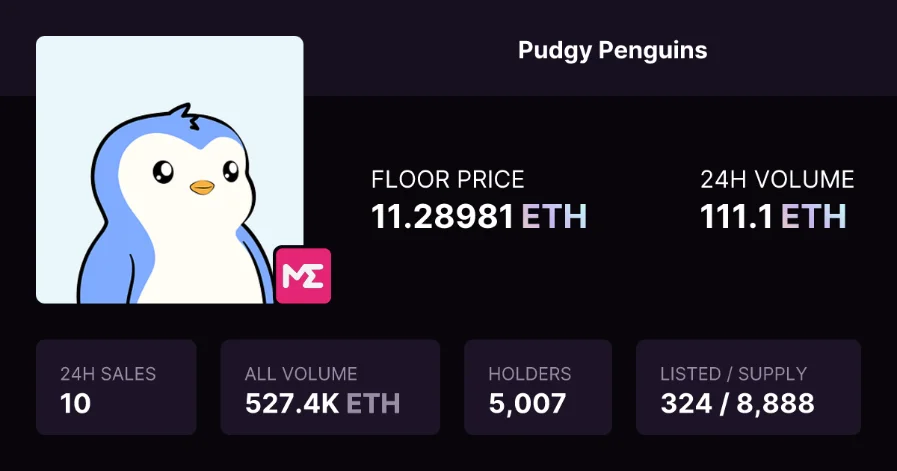
Bridging Web2 and Web3
Pudgy Penguins is one of the rare projects that combines the technological innovations brought by the Web3 world with user-friendly experiences in Web2. This strategy, which extends from physical toys to social media content, also allows the PENGU token to establish a connection between the two worlds. PENGU serves both as an interaction and investment tool for Web3 users in the digital world, and as a loyalty mechanism integrated into physical products. In other words, the token finds a response not only in digital wallets, but also in the real world.
Providing a usage area in the digital and physical ecosystem
PENGU token has many usage areas within the ecosystem. First of all, it can be used in gamified interactions within Pudgy World. Apart from this, it is aimed to function as a payment tool in physical and digital products. For example, Pudgy Penguins physical toys, which are on sale worldwide, are also a part of this ecosystem; in the future, it is on the agenda to be able to pay with PENGU for these products or to offer special advantages to their owners.
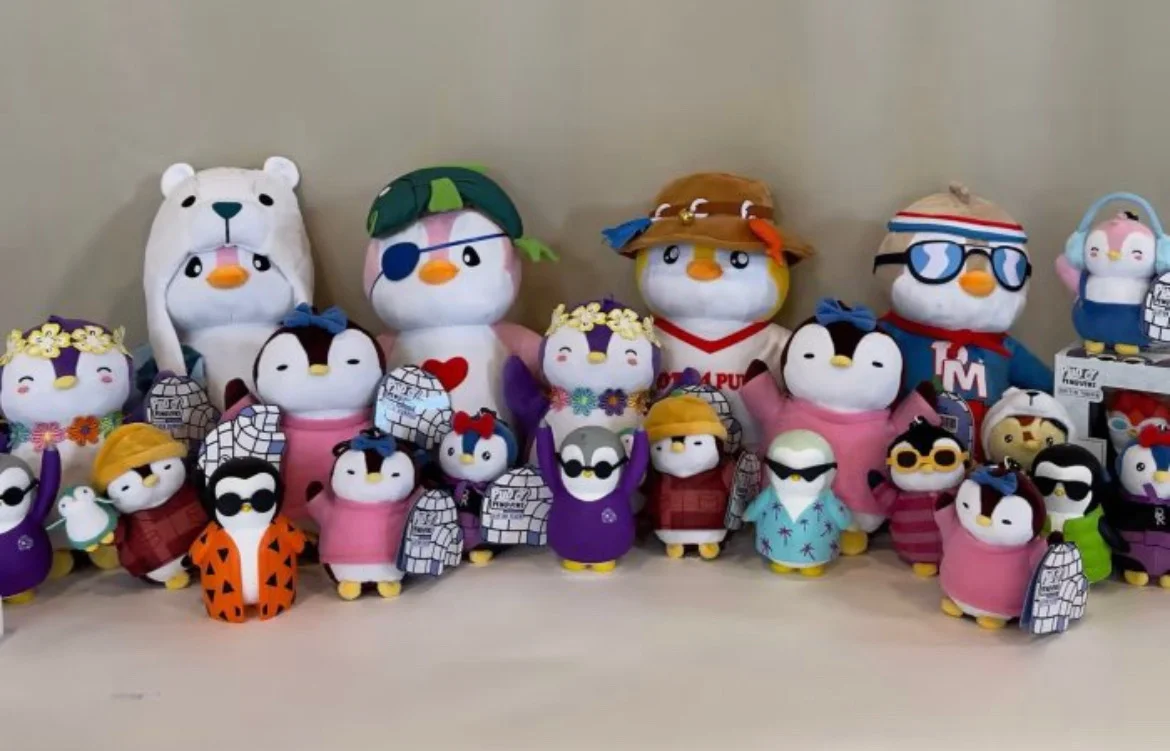
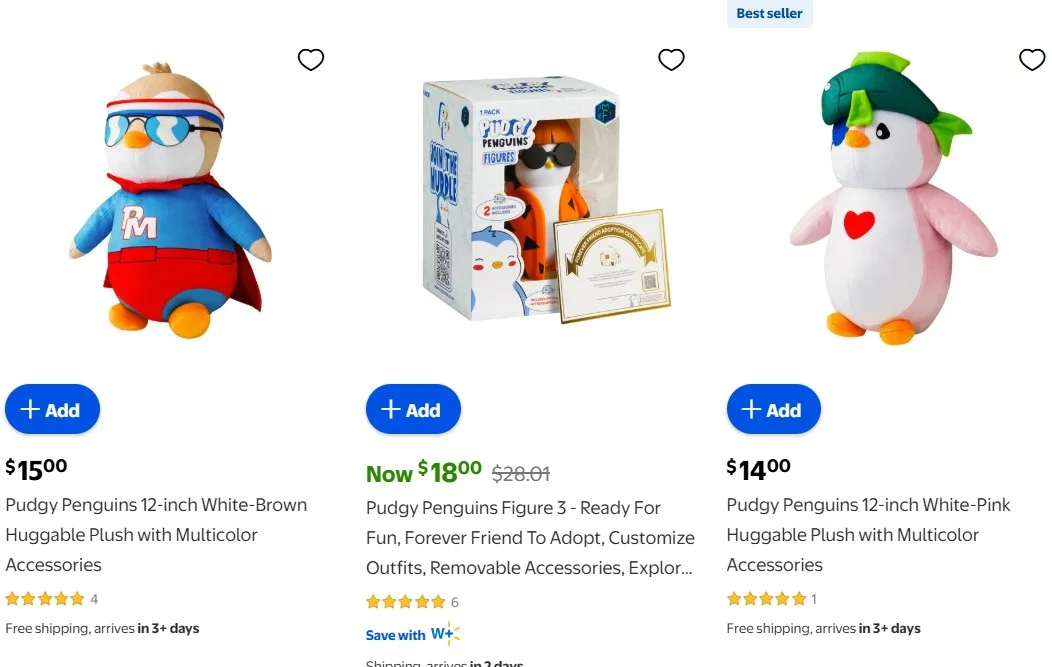
The project enables users to stake SOL by establishing its own validator (Pengu Validator) on the Solana network and accordingly offers an annual return (APY) ranging from 7% to 11%. Thus, the token has the capacity to generate not only internal but also external economic value.
Strong brand, high visibility
Behind the value of PENGU lies not only its technical features but also Pudgy Penguins' branding success. It is followed by millions of people on CoinMarketCap. Pudgy Penguins, which also has a large follower base on social media platforms, has also gained great visibility in the physical world with its toys sold in giant retail chains such as Walmart. In addition, this brand, which is frequently seen in events organized in the NFT and Web3 world, continues to grow its community with each new step.
The total supply of the PENGU token is fixed at 88,888,888,888, of which approximately 62.86 billion are currently in circulation. Its market value is approaching the $900 million limit.
Who is the Founder of Pudgy Penguins?
The Pudgy Penguins project was first launched in 2021 by Cole Villemain (ColeThereum) and a team of a few people. Although the project achieved a rapid rise, it received serious criticism over time, especially for reasons such as lack of transparency and insufficient communication with the community. When this crisis environment, which occurred in early 2022, was combined with reactions from within the community, Cole Villemain had to be removed from the project. At this point, the future of Pudgy Penguins became a big question mark.
At this point, young entrepreneur Luca Schnetzler (known as Luca Netz on social media) stepped in. So who is Luca Netz? In April 2022, he acquired the project and took on the role of CEO, giving it a completely new direction. This acquisition was not only a crisis management, but also a rebirth process in which Pudgy Penguins rose from the ashes. Luca’s previous experience in fashion and e-commerce played an important role in transforming the project into a Web3 brand that was not limited to just NFT collecting.
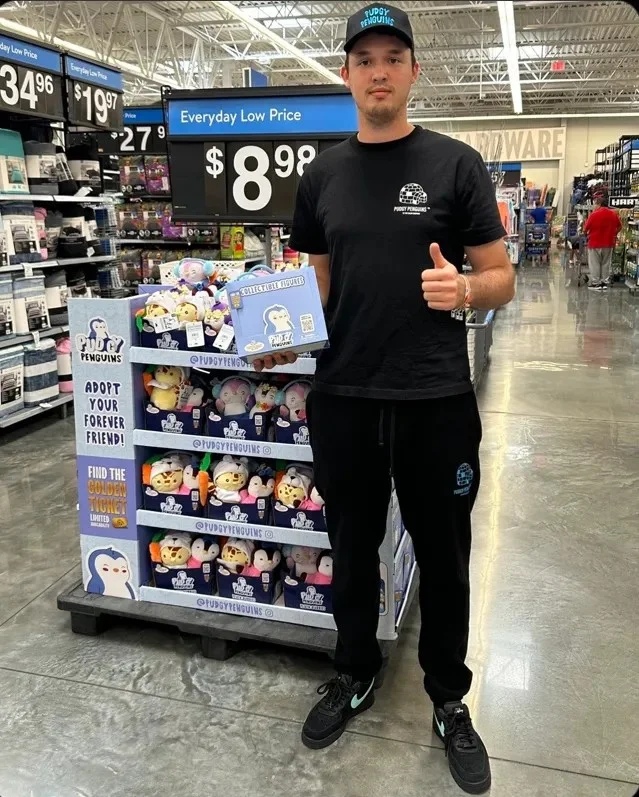
Frequently Asked Questions (FAQ)
Below are frequently asked questions about Pudgy Penguins:
- What is Pudgy Penguins, how did it come about? Pudgy Penguins is a collection of 8,888 penguin NFTs that was launched on the Ethereum blockchain in 2021. Initially, each NFT was sold for 0.03 ETH, and the collection quickly became popular. It attracted the attention of the masses when it was featured in the New York Times in August 2021. Over time, it has expanded beyond digital art and has become a brand with licensed toys and products (toy sales have exceeded $10 million).
- What is the PENGU token used for? PENGU is the official native token of Pudgy Penguins. It is designed to grow the project's community, distribute rewards to members, and participate in project management. According to official statements, PENGU token owners will be offered opportunities such as staking, voting, and trading in the ecosystem.
- What privileges do NFT owners have? Pudgy Penguins NFT owners have various privileges. For example, collection owners who license a license to each NFT owner can share a portion of the income obtained when these images are used in commercial products (up to 20% share per toy). In this way, NFT owners receive a share of both digital and physical revenues.
- How do NFT owners earn with physical product revenues? Pudgy Penguins has implemented a license model called OverpassIP so that owners can turn their NFTs into commercial products. In this system, NFT owners receive a portion of the income as royalty fees when, for example, pink penguin-designed toys are sold. According to OverpassIP, this share can go up to 20% for some products. Thus, NFT owners not only keep the collection in their hands, but also earn passive income from sales.
- Who is the founder of the project? The original founder of Pudgy Penguins is Cole Villemain. However, he left the project at the beginning of 2022 due to community decisions. The person who currently leads the project is Luca Schnetzler (with his social media name Luca Netz).
PENGU awaits you at the point where cuteness meets Web3! Follow our JR Kripto Guide series to get to know the world of Pudgy Penguins better!